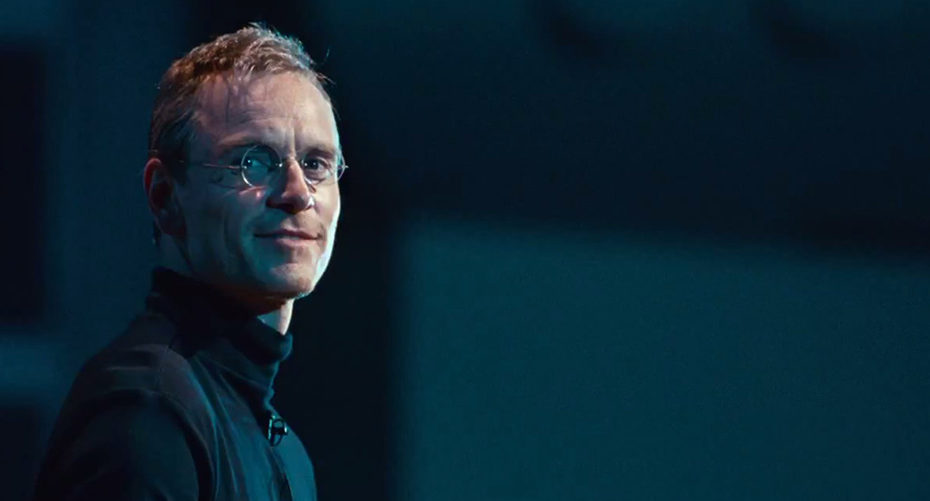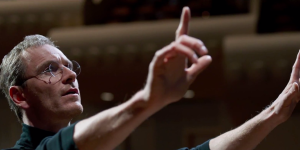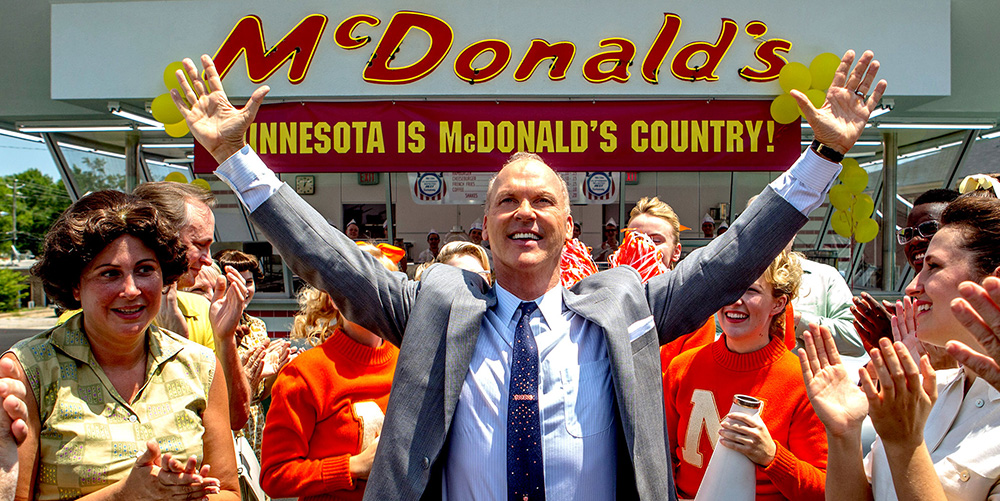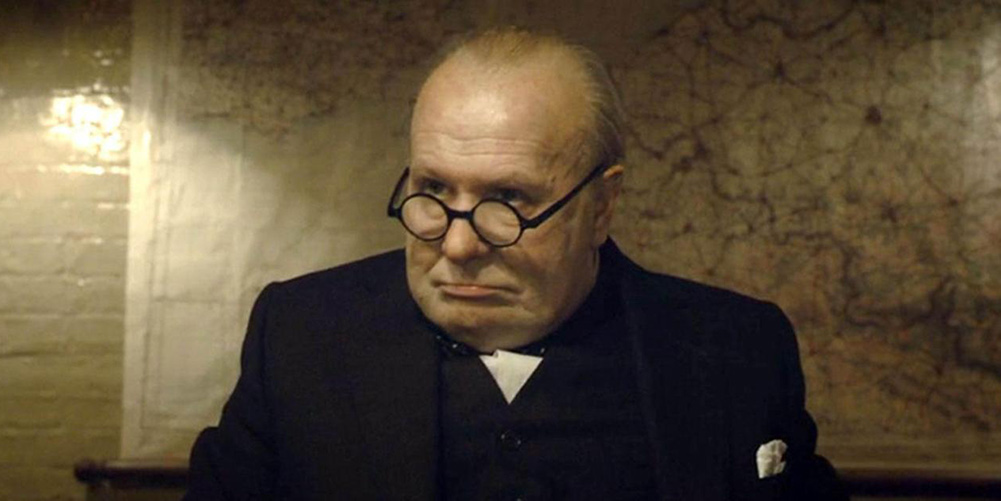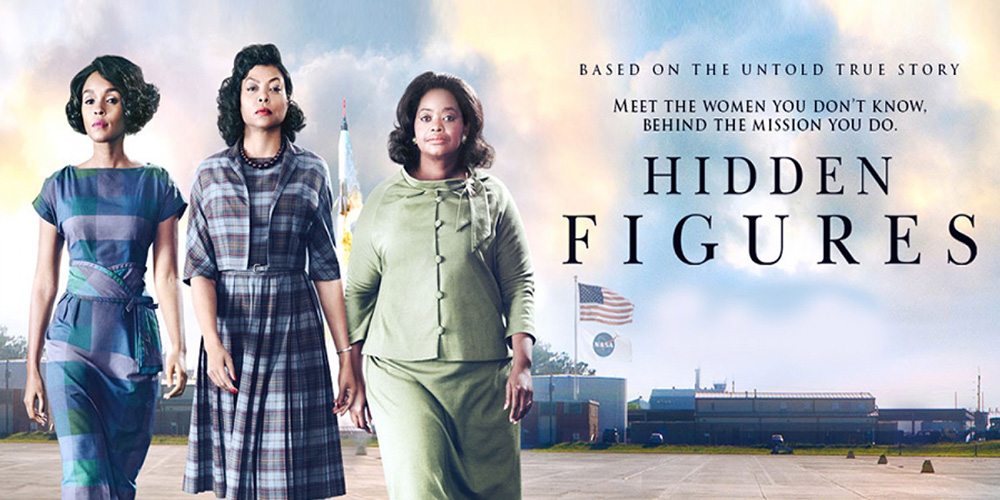“What is it that you actually do?” Apple co-founder Steve Wozniak (Woz) asks in the movie Steve Jobs, after listing the impressive contributions of other Apple team members. “Musicians play their instruments,” Jobs tells him simply. “I play the orchestra.”
Jobs’s widow and current Apple Chief Executive Officer Tim Cook are among those who have objected to the Steve Jobs movie. Even Aaron Sorkin, who penned the razor-sharp script, has admitted that a number of narrative events portrayed in the movie are untrue. But two of the major characters, Steve Wozniak and Andy Hertzfeld, agree that, despite the artistic licence, the movie does capture the essence of Jobs in the early part of his career.
Focusing on three product launches over a 15-year period – culminating with the launch of the iMac in 1998 – the movie covers Apple’s turbulent period well before it transformed the music and mobile communication industries with the launch of the iPod, iPhone and iPad.
And although there are plenty of scenes likely to upset Jobs’s family and friends, it also highlights his extraordinary leadership traits: vision, exacting standards and an obsessive attention to detail.
Vision
Many business leaders are focused on identifying the needs of their customer. Jobs took a different approach: to define the needs (and wants) of the customer.
In one scene, Jobs disparages Woz’s insistence on adding expansion slots to their computer design because ‘it’s what the customer wants.’ “They don’t know what they want until you give it to them,” Jobs responds. “They won’t know why they like it, they’ll just know they want it,” he says on another occasion.
At the heart of Jobs’s vision are simplicity and beauty. Not eight expansion slots, not nine, he tells Woz, but two. Woz wants the customer to be able to upgrade and customise. He wants the customer to have options. Jobs wants to lock it all down, and keep products so simple a child can use them.
In one scene, Jobs’s five-year old daughter creates a picture on an early Mackintosh computer, with no instruction. It’s a scene which encapsulates the Jobs vision, and the hallmarks of the company Apple was to become.
Jobs is also relentlessly focused on the future. Despite Woz’s continued requests, Jobs refuses to publicly recognise the developers of an earlier computer, the Apple II, at new product launches. Despite its huge success, Jobs sees the Apple II as belonging to the past: and he has no interest in the past.
Exacting standards
Having vision is one thing. Being able to realise it is another.
Jobs’s answer to achieving his vision was his ‘reality distortion field’: a complete refusal to accept that something’s impossible, or to take no for an answer.
And while these demanding standards undoubtedly inspire those around him to stretch their own limits, they’re also a frequent source of friction between Jobs and his team.
In the very first scene, Jobs repeatedly refuses to drop the centrepiece of the Apple Macintosh product launch – the computer saying ‘hello’ – even though the presentation is minutes away, the machine has crashed, and no one has the tools to fix it. Instead, he bullies colleague Andy Hertzfeld into coming up with a solution at all costs. And in the end, Hertzfeld does find a solution.
Attention to detail
Steve Jobs turned the product launch into an art form, creating an unrivalled sense of hype and excitement around Apple products.* That doesn’t happen by accident.
While we don’t see the launches themselves in the movie, there are plenty of signs of his personal involvement and his uncompromising attention to detail.
Where many leaders would delegate responsibility for the details to their teams, Jobs dithers on which Bob Dylan quote to include. He argues repeatedly to get the small exit lights in the auditorium switched off for his product demo. He rejects 38 pictures of a shark before finally agreeing to the 39th.
The devil, as they say, is in the detail.
Jobs was a controlling, temperamental and unforgiving leader. But there’s ample evidence here of his astonishing gifts too. As Apple Chief Design Officer Jony Ive commented recently: “It’s important to remember, you could have had somebody who didn’t ever argue, but you wouldn’t have the phones that you have now, and a whole list of other things.”
*For more on what made Steve Jobs’s product launches so impressive, read Carmine Gallo’s excellent The Presentation Secrets of Steve Jobs.
